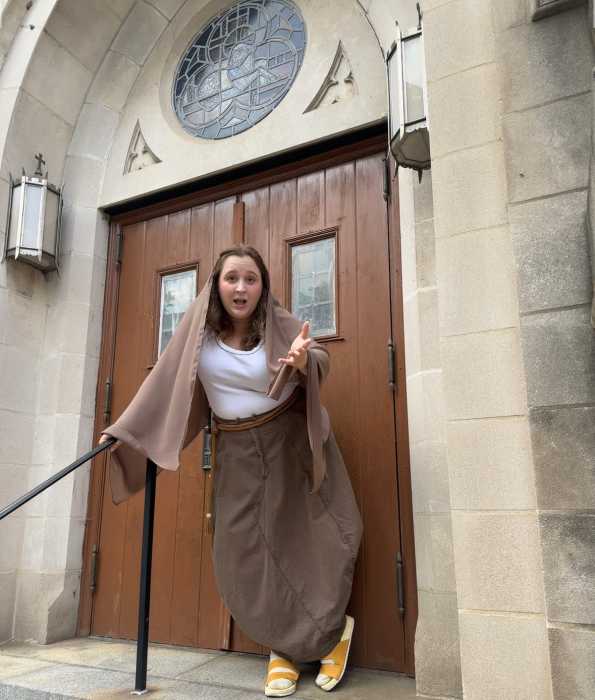BY STEVE ERICKSON | Steven Spielberg’s work tends to oscillate between brutality and sentimentality, sometimes within the same film.
The best scene in “War Horse” manages to combine these qualities without seeming contradictory or hypocritical. After dashing through the battlefields of World War I, a horse has gotten snagged in a barbed wire fence. Struggling to get free, the horse only succeeds in wrapping the wire around himself further, like a razor-edged blanket. An English soldier notices and attempts to free the horse, a task made easier when one of his German counterparts hands him a wire cutter.
This scene succeeds on the palpable sense of agony and empathy it creates — the horse’s pain is no mere special effect to applaud. It simultaneously invites identification across species and national boundaries. The cruelty Spielberg engendered in the first half hour of “Saving Private Ryan” is put to use in pursuing a goal even PETA would endorse. It’s a shame the intelligence of this scene is missing from the rest of “War Horse.”
Adapted from Michael Morpurgo’s novel, which was also turned into a long-running play, “War Horse” begins on the eve of World War I. When Ted Narracott (Peter Mullan) buys a horse he can’t afford at an auction, his wife Rosie (Emily Watson) is upset. Their son Albert (Jeremy Irvine) wants to train the horse, whom he names Joey, and succeeds in getting him to plough their fields.
Ted, however, is succumbing to alcoholism brought on by guilt over his conduct during the Boer War as well as by pain in his leg, and decides to sell Joey to the British army. Once war begins, chaos ensues and Joey winds up seeing his way through Europe under a variety of successive owners.
Spielberg seems to be working from a long list of influences. I’d be amazed if Morpurgo’s original idea for an animal protagonist owed nothing to Robert Bresson’s “Au Hasard Balthazar,” which follows a donkey around the meaner portions of rural France. Like Bresson’s film, “War Horse” attempts to view humanity through an animal’s eyes.
Spielberg’s direction, however, couldn’t be further from Bresson’s asceticism and reliance on sound design over beautiful images. Spielberg films rural England in picture-postcard long shot vistas so kitschy they look like David Lean parodies.
Much of Spielberg’s style seems dictated by the fact that he’s adapting a book that inspired a play, and therefore, he must be as “cinematic” as possible. Shooting in Cinemascope, he frequently fills every inch of the frame with people. Some of his use of widescreen is creative, as when he plays with foreground/ background juxtapositions.
Still, the film is hampered by its need to signal the importance of every key scene. When Albert teaches Joey to plough, the camera swoons in a tracking shot through the mud, accompanied by John Williams’ loud orchestral score. Throughout, Williams’ music is bombastic and over-utilized.
Inadvertently, Spielberg’s direction winds up signaling his lack of real engagement with his material. Here, one of his signatures is shooting from a remove so distant it suggests the eye of God. He must have kept the shoot’s helicopter pilots and crane operators busy. He doesn’t seem to have anything to say about war not already expressed in “Saving Private Ryan.” “War Horse” contains two lengthy battle scenes, clearly designed as set pieces. The second one plays like a sanitized, PG-13 reprise of the opening “Private Ryan” scenes.
A decade ago, “A.I.” and “Minority Report” suggested that Spielberg was finally reaching maturity, but his subsequent work didn’t bear that promise out. “War Horse” is being released simultaneously with Spielberg’s 3D animated film “The Adventures of Tintin,” which I wasn’t able to preview. “War Horse” is top-heavy with ambition, little of which really pays off.
Perhaps “Tintin” will show a return to the unpretentious Spielberg of “Jaws” and “Close Encounters of the Third Kind,” who knew how to tell a good story without begging for Oscars.
Essentials:
WAR HORSE
Directed by Steven Spielberg
Touchstone Pictures/ Dreamworks
Opens Dec. 25, citywide


































